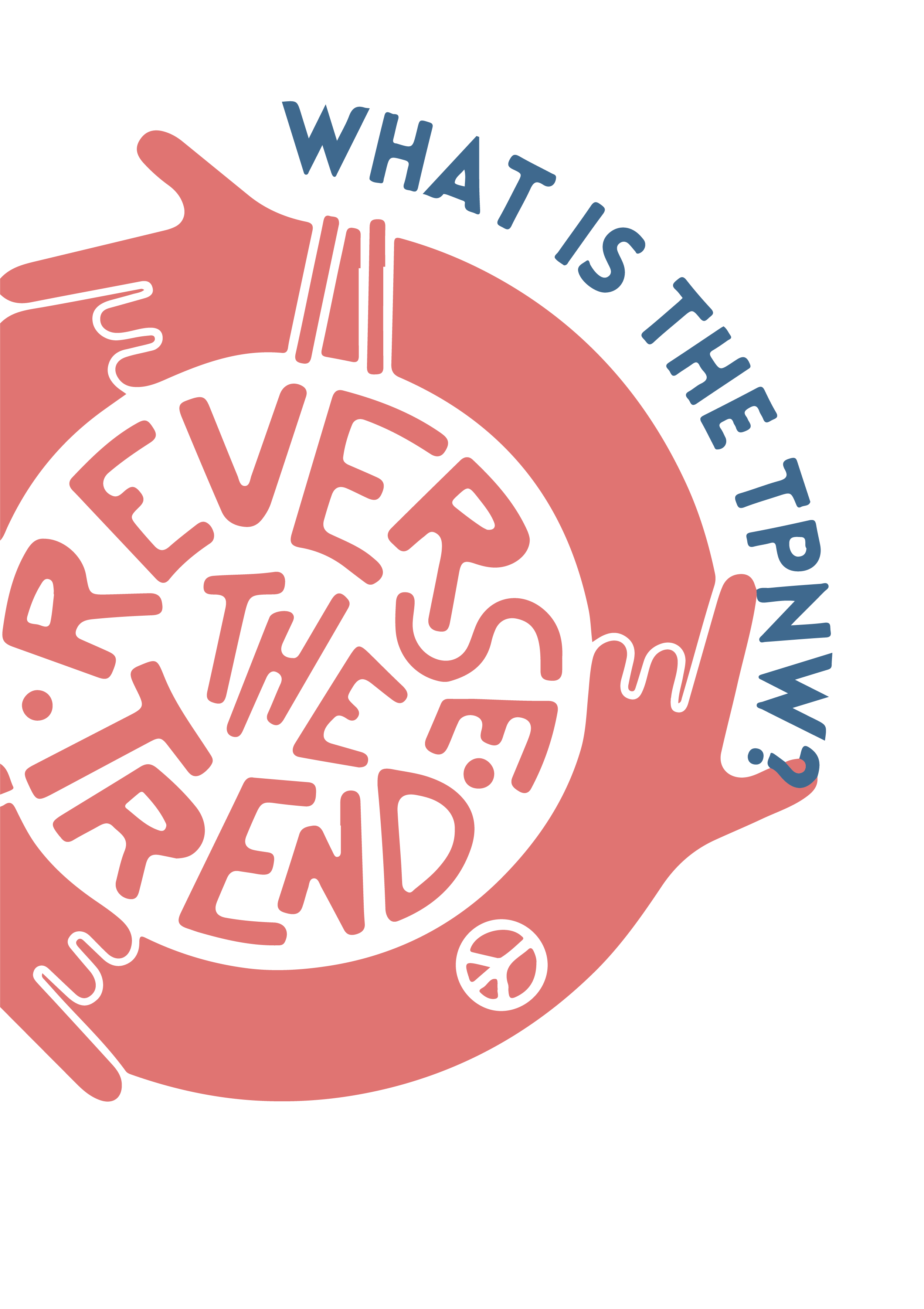
- developing
- testing
- producing
- manufacturing
- transferring
- possessing
- stockpiling
- using or threatening to use
- and allowing nuclear weapons to be stationed on their territory
The TPNW is the first legally binding international agreement to comprehensively prohibit nuclear weapons. Prior to its adoption, nuclear weapons were the only weapons of mass destruction not subject to a categorical ban despite their catastrophic humanitarian consequences. This treaty thus fills a major gap in the Nuclear Non-Proliferation Treaty.
Banning nuclear weapons under international law is a critical step along the path to abolishing these weapons entirely. The outlawing of these weapons by international treaty sets the precedent and social norm towards increasing illegitimacy and thus a loss to their perceived political status and viability.
Outside of the United Nations, the TPNW's successfully adoption in 2017 also prompted the awarding of the Nobel Peace Prize to the International Campaign to Abolish Nuclear Weapons (ICAN) "for its work to draw attention to the catastrophic humanitarian consequences of any use of nuclear weapons and for its ground-breaking efforts to achieve a treaty-based prohibition of such weapons.”

The TPNW is an incredibly important piece of humanitarian legislation as it contains provisions to help the victims of nuclear testing and remediate contaminated environments. Not only does it ban nuclear weapons, it also stipulates that States Parties should provide assistance to all victims of the use and testing of nuclear weapons and to take measures for the remediation of contaminated environments, this is considered a positive obligation.

In the context of the TPNW, the positive obligations, as contained in Articles 6 and 7, create a framework of shared responsibility for victim assistance (as well as environmental remediation). The framework enables "those who are willing to start addressing these issues to act together now. Affected states parties bear the primary responsibility for implementation as this protects their sovereignty and follows the precedent of international human rights law and humanitarian disarmament law. But other states parties in a position to do so are required to provide international cooperation and assistance to help affected states parties meet their victim assistance (and environmental remediation) obligations."

- Pacific countries (Cook Islands, Fiji, Kiribati, Nauru, New Zealand, Palau, Papua New Guinea, Samoa, Solomon Islands, Tonga, Tuvalu and Vanuatu) came together in Auckland from 5-7 December 2018 to discuss the Treaty on the Prohibition of Nuclear Weapons (TPNW), to take stock of the Treaty from a regional perspective, to assess its prospects for advancing nuclear disarmament and global security, and to canvass progress toward its entry into force.
- The Conference took place at a time of increasing concern in the Pacific region, and globally, regarding the slow pace of progress toward a nuclear weapon-free world and the serious implications of this (including for the Nuclear Non-Proliferation Treaty (NPT)) in view of the lack of progress in implementation of the nuclear disarmament obligation of Article VI.
- Rising tensions, the modernisation of nuclear arsenals, the continued reliance on nuclear weapons in military and security concepts as well as on high alert postures, and threats regarding the possible use of nuclear weapons are widely seen as increasing the risk of a deliberate or accidental nuclear detonation.
- For its part, the Pacific is only too well aware of the catastrophic consequences of
any nuclear detonation as a result of its own experience with over 300 nuclear weapon
tests carried out over many years and which has resulted in long-term humanitarian and
environmental harm to parts of the region. Efforts by Pacific countries to stop this
testing; to “promote the national security of each country in the region and the common
security of all”; and, so far as lies within the region’s power, to retain “the bounty
and beauty of [its] land and sea”; were key factors in the adoption of the Treaty of
Rarotonga in 1985 and its establishment of the South Pacific Nuclear Free Zone.
Read More Here: https://www.wagingpeace.org/auckland-statement-tpnw/

Operation Grapple: On April 28, 1958, the UK detonated its largest thermonuclear test under Operation Grapple. The 500 citizens of Kiribati living on Kiritimati at the time of the tests received little protection and inadequate warning. Not being aware of the dangers of such tests, most of them lifted the tarpaulin cover provided for them to catch a glimpse of the spectacular display of the intensely hot cloud of fire above them. Many of these people complained about all sorts of untreatable illnesses and health complications, most of which resulted in death. There were numerous cases of cancer, congenital disabilities, and abnormalities with newborn babies. Cases of these kinds persist with descendants of those on the island when the tests were carried out.
Operation Crossroads: was a series of nuclear weapons tests conducted by the United States at Bikini Atoll in the Marshall Islands in 1946. The purpose of the operation, which included two shots, ABLE and BAKER, was to investigate the effect of nuclear weapons on naval warships. The tests were organized by a joint Army/Navy Task Force and were headed by Vice Admiral William H.P. Blandy. The target fleet consisted of older U.S. warships and submarines, three captured German and Japanese ships, and other surplus auxiliary and amphibious vessels. Some of the ships were loaded with live animals, such as pigs and rats, to study the effects of the nuclear blast and radioactive fallout on animals. More information can be found here: https://outrider.org/nuclear-weapons/articles/tavita-i-vs-koriate-iaon-te-boom-ae-mwakaroiroi
COMPACT Agreement with the US: an International agreement establishing and governing the relationships of free association between the United States and the three Pacific Island sovereign states of the Federated States of Micronesia (FSM), the Republic of the Marshall Islands (RMI), and the Republic of Palau. Contains a series of provisions related to economic assistance and defense and security. Regarding economic assistance, the US provides these states with access to several US domestic programs, including disaster response and recovery and hazard mitigation programs under the Federal Emergency Management Agency, some US Department of Education programs including the Pell Grant, and services provided by the National Weather Service, the United States Postal Service, the Federal Aviation Administration, the Federal Communications Commission, and US representation to the International Frequency Registration Board of the International Telecommunication Union. In terms of defense and security, the COFA allows the United States to operate armed forces in Compact areas and to demand land for operating bases (subject to negotiation), and excludes the militaries of other countries without US permission. Under the terms of the COFA, the US becomes responsible for protecting its affiliate countries and administering all international defense treaties and affairs, though it may not declare war on their behalf.
Maralinga: located in the remote western area of South Australia. It is the home of the Maralinga Tjarutja, a southern Pitjantjatjara people, an Aboriginal Australian people. Between 1956 and 1963, the UK detonated seven atomic bombs in this area. Montebello Islands: an archipelago in Australia of around 174 small islands lying 20 kilometers north of Barrow Island and 130 kilometers off the Pilbara coast of north-western Australia. Montebello is Italian for "beautiful mountain." The islands were the site of three nuclear weapons tests by the British military in the 1950s.
Fangataufa: a small, low, narrow, coral atoll in the eastern side of the Tuamotu Archipelago. Coordinates 22°15′S 138°45′W. Mururoa and Fangatafua were the sites of 193 nuclear tests by the French. Mururoa: also known as Aopuni. It is an atoll which forms part of the Tuamotu Archipelago in French Polynesia in the southern Pacific Ocean. It is located about 1,250 kilometres southeast of Tahiti. Coordinates 21°50′S 138°50′W. Tahiti: the largest and one of the most popular French Polynesia islands. It is divided into Tahiti Nui (the larger, western section) and Tahiti Iti (the eastern peninsula). Coordinates 17°40′S 149°25′W.
Marshall Islands: a state in Oceania; the state is part of the larger island group of Micronesia, a sprawling chain of volcanic islands and coral atolls in the central Pacific Ocean between Hawaii and the Philippines. Capital: Majuro.
Ronald Reagan Ballistic Missile Defense Site: commonly referred to as the Reagan Test Site (formerly Kwajalein Missile Range), is a missile test range in Marshall Islands. It covers about 750,000 square miles (1,900,000 km2) and includes rocket launch sites at the Kwajalein Atoll (on multiple islands), Wake Island, and Aur Atoll. It primarily functions as a test facility for U.S. missile defense and space research programs. The Reagan Test Site is under the command of the US Army Kwajalein Atoll, or USAKA. Bikini Atoll: a coral reef in the Marshall Islands consisting of 23 islands surrounding a 229.4-square-mile central lagoon. After the Second World War, the atoll's inhabitants were removed from their ancestral lands in 1946, after which the islands and lagoon were the site of 23 nuclear tests by the United States until 1958. Enewetak Atoll: located in the North Pacific 11°30′N 162°20′E. It is a large coral atoll of 40 islands in the Pacific Ocean. With a land area total less than 5.85 square kilometres (2.26 sq mi), it is no higher than 5 meters (16.4 ft) and surrounds a deep central lagoon, 80 kilometres (50 mi) in circumference. It was held by the Japanese from 1914 until its capture by the United States in February 1944, during World War II. The atoll experienced 44 nuclear tests. Runit Dome: a concrete dome that is known as "the coffin". in 1977, US built it to contain radioactive waste caused by the nuclear tests. It has been cracking. US refuses to recognize the structural problems of the dome.

- Semipalatinsk: The name of the area in which Soviets conducted their nuclear tests in Kazakhstan.
- Polygon: Russian word for "test site"
- Fallout Exposure: During the nuclear tests, radioactive particles and gases were spread in the atmosphere. Depending on the size and type of weapon that was exploded, some of these particles and gases traveled great distances before falling to earth where surrounding populations were exposed to the fallout.
- Glasnost: the policy or practice of more open consultative government and wider dissemination of information, initiated by leader Mikhail Gorbachev.
Moscow does not take responsibility for the legacy of nuclear testing on its former territory and on its people. The Kazakh government has been giving assistance to victims of nuclear testing to compensate them. However, the damage is irreversible.
OVERVIEW
The Soviet nuclear program began developing after World War II and involved uranium mining in East Germany. Uranium ores were then transported to the Soviet Union and processed at the Mayak plutonium facilities in Southern Urals. Nuclear warheads were then developed and tested at two major sites, Semipalatinsk and Novaia Zemlia. The Semipalatinsk polygon (test site) was located in the steppe areas of the Soviet Republic of Kazakhstan and comprised of approximately 19,000km2 west of the city of Semipalatinsk. Stalin's right hand man Lavrentiy Beria, who was in charge of the nuclear weapons program, declared the area to be uninhabited despite the fact that this site was close to the industrial heartland of Kazakhstan with many settlements and small towns close by.
August 28, 1949 marked the first of roughly 456 atomic explosions conducted in Kazakhstan over the next 40 years, over 100 atmospheric explosions and roughly 340 underground tests. The first explosion, codenamed "Pervaya Molniya" by the Soviets and "Joe-1" by the Americans, was an above ground fission bomb and released 22 kilotons of nuclear energy into the atmosphere. This explosion resulted in fallout northeast of the Semipalatinsk test site. Over the next 40 years the atomic bomb tests conducted at Semipalatinsk polygon released nuclear energy 2,500 times greater than the bomb dropped on Hiroshima. Underground tests continued up until 1989.
This testing site in Semipalatinsk was top-secret during the Cold War. In fact, it was such a secret that its name was shown on Soviet maps as "Konechnaya, meaning ‘Last Stop’. The vast majority of the population were unaware of the testing site and those that had suspicions about the explosions happening on their doorsteps were advised to keep quiet.
On August 29, 1991, while the Soviet Union was collapsing and Kazakhstan's independence was looming, the Polygon was closed forever and the nuclear weapons in Kazakhstan were given up. In commemoration of this end to a very destructive era, August 29th has been declared the International Day Against Nuclear Tests. However, after 40 years of nuclear testing in Kazakhstan, the effects on the population and the land were already permanent and could not be undone. Many of the effects and impacts of the blasts remains unknown or is buried away in the archives in Moscow.
-Galina Tornoshenko, born in 1949, the year of the first nuclear test.

With the advent of the TPNW, there is some disagreement about how well the NPT and TPNW complement and / or oppose each other. If the NPT sanctifies the possession of nuclear weapons but the TPNW bans possession across the board globally, then how are these two treaties meant to interact? The TPNW also containsn Articles 6 and 7, which call for positive obligations of States Parties. Ultimately, does the TPNW undermind the NPT? And is the goal total, global disarmament or simply non-proliferation?
Many point out that while global nuclear stockpiles have decreased significantly since the Cold War between the United States and Soviet Union, the last decade or more has seen a plateau in the disarming of nuclear arsenals. Rather, there has been increasing investment in the expansion of nuclear arsenal at least in the sense of modernization and advancement from all nine current nuclear weapons-possessing States. Given this, supporters of the TPNW view the TPNW as a way to reinvigorate the disarmament movement globally, forge a space for those States outside of the P5 and the nuclear weapons-possessing club to make their voices heard, and a means to apply pressure on the nuclear-weapons possessing States to show a renewed commitment to the orignal promise in the NPT of "good-faith pursuit" of nuclear disarmament.

The very existence of the TPNW showcases the power of community action, and it’s continued growth and progress further demonstrates the importance of social norms and stigma to reinforce policy goals and the good-faith pursuit of achieving those goals. It may be hard to imagine a world without nuclear weapons happening within our lifetimes, but for those working on the forefront of these issues such as those diplomats and civilians at 2MSP, it can begin to feel plausible.






